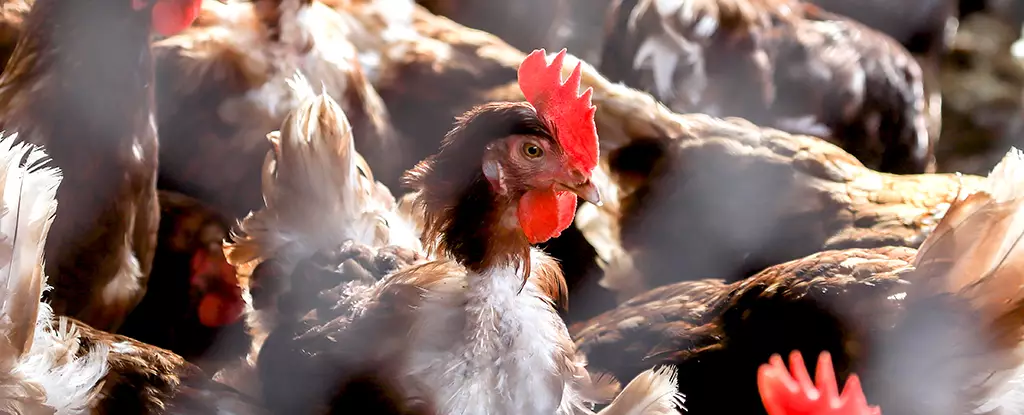As reports of animal-to-human bird flu transmission start to surface in the latest outbreak in the United States, health experts are on high alert about the potential for the virus to adapt and spread from human to human. While there is currently no evidence of this happening, the need for effective vaccines to combat this possibility is more pressing than ever.
A recent study conducted by virologists Flavio Faccin and Daniel Perez from the University of Georgia has shed light on the efforts being made to prepare for a potential human pandemic involving the current bird flu variants. The researchers have identified several promising options for vaccine development in the face of this looming threat.
One of the key strategies being explored is the use of inactivated vaccines, which utilize dead versions of the virus to stimulate an immune response. Studies, including ones conducted on mice with the H5N1 virus, have demonstrated high levels of protection with this approach.
Live attenuated influenza vaccines (LAIVs) are also being considered as a means of priming the body’s defenses against more virulent forms of the virus. These vaccines have shown promising results, even in studies involving monkeys.
In addition to these traditional approaches, newer technologies such as virus-like particle (VLP) vaccines and messenger RNA (mRNA) vaccines are being investigated. VLP vaccines aim to replicate the structure of real viruses in a safe manner, while mRNA vaccines direct cells to produce proteins that match the targeted virus. Early trials with human participants have shown encouraging results with these innovative vaccine platforms.
Despite the progress being made in vaccine research, challenges remain on the horizon. The H5N1 bird flu strain, for example, has a high fatality rate, underscoring the importance of continued vigilance and innovation in vaccine development.
Deployment of these vaccines on a global scale, if the need arises, will require coordination and cooperation among various countries and international agencies. The World Health Organization is taking steps to facilitate this collective effort and ensure that vaccines are readily available in the event of a human pandemic.
The landscape of avian influenza vaccines is evolving rapidly, with promising options on the horizon. While the threat of bird flu remains a significant concern, the dedication of researchers and the collaborative spirit of the global health community offer hope for a future where effective vaccines can mitigate the impact of these deadly viruses. Continued research, vigilance, and cooperation will be key in preparing for any potential outbreaks and safeguarding public health on a global scale.



Leave a Reply